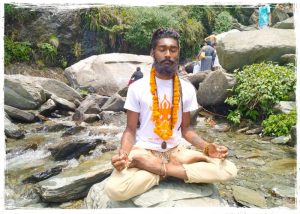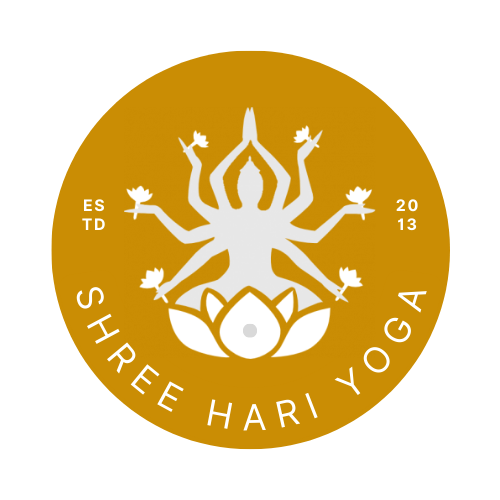Table of Contents
ToggleBhastrika Pranayama: The Powerful Breathing Technique for Enhanced Vitality and Mental Clarity

Breathing is one of the most fundamental aspects of human life, and it plays a crucial role in our physical, mental, and emotional well-being. Yoga is a holistic practice that includes various breathing exercises, or pranayama, to help regulate the breath and improve our overall health. One such pranayama is Bhastrika pranayama, also known as “bellows breath.” This powerful breathing exercise involves forceful and rapid inhales and exhales through the nose while maintaining a steady pace.
BENEFITS OF BHASTRIKA PRANAYAM:
- Improves Respiratory Function: Bhastrika Pranayama is a powerful breathing exercise that helps to increase lung capacity and improve respiratory function. It can benefit those with respiratory ailments such as asthma or bronchitis. By increasing the body’s oxygen supply, Bhastrika Pranayama can improve overall health and reduce the risk of chronic diseases.
- Boosts Metabolism: This technique stimulates the digestive system and can help improve metabolism, making it beneficial for those trying to lose weight. Bhastrika Pranayama can increase the body’s metabolic rate, which may help to burn more calories and promote weight loss.
- Increases Energy: Bhastrika Pranayama helps increase energy levels by increasing the body’s oxygen supply. This technique can also improve blood circulation, enhancing physical endurance and reducing fatigue.
- Enhances Mental Clarity: This technique can help to clear the mind and enhance mental clarity, making it beneficial for those who suffer from stress or anxiety. By increasing the oxygen supply to the brain, Bhastrika Pranayama can also improve cognitive function and memory retention.
- Balances the Nervous System: Bhastrika Pranayama helps to balance the nervous system by activating the sympathetic nervous system, which is responsible for the “fight or flight” response, and the parasympathetic nervous system, that is responsible for the “rest and digest” response. By balancing these two systems, Bhastrika Pranayama can reduce stress and promote relaxation.
- Detoxifies the Body: Bhastrika Pranayama helps remove toxins from the body and purify the blood, improving overall health. This technique can also stimulate the lymphatic system, which can help to eliminate waste and promote detoxification.
- Improves Immune System: Regular practice of Bhastrika Pranayama can help to strengthen the immune system, making the body more resistant to diseases and infections. Bhastrika Pranayama can boost the body’s natural defenses by improving overall health and reducing stress.
- Calms the Mind: This technique can help calm the mind and reduce stress, improving overall mental and emotional well-being. Bhastrika Pranayama can also promote relaxation and improve sleep quality, enhancing the overall quality of life.
- Enhances Concentration: Bhastrika Pranayama helps increase blood circulation to the brain, enhancing concentration and mental focus. This technique can also improve cognitive function and memory retention, making it beneficial for those who need to concentrate for extended periods.
- Boosts Heart Health: Bhastrika Pranayama can help to improve heart health by increasing blood flow to the heart and reducing blood pressure. This technique can also improve cardiovascular endurance and reduce the risk of heart disease.
Steps for Practicing Bhastrika Pranayama:
- Sit in a comfortable cross-legged position with the spine straight and hands resting on your knees.
- Take a few deep breaths to relax your body and mind.
- Begin the practice by inhaling deeply and forcefully through your nose, expanding your chest and abdomen.
- Exhale forcefully and rapidly through your nose, drawing your belly towards your spine.
- Repeat this rapid breathing pattern for 20-30 seconds or until you feel comfortable with the rhythm.
- After a few rounds, you can increase the speed and intensity of the breathing, making it faster and more forceful.
- Practice for 1-3 minutes, gradually increasing the duration as you become comfortable with the technique.
- After completing the practice, take a few deep breaths and sit quietly, observing the effects of the practice.
VARIATIONS OF BHASTRIKA PRANAYAM
- Slow Bhastrika: This variation involves slowing down the pace of your breaths in Bhastrika. Instead of rapid and forceful inhales and exhales, take slow and controlled breaths, making sure to inhale and exhale deeply.
- Fast Bhastrika: This variation involves increasing the pace of your breaths in Bhastrika. Instead of taking slow breaths, take rapid and forceful breaths, inhale, and exhale deeply.
- Kumbhaka Bhastrika: This variation involves adding breath retention (kumbhaka) to your Bhastrika practice. After a set number of rapid breaths, hold your breath for a few seconds before exhaling. Start with a short retention time and gradually increase it over time.
- Chandra Bhastrika: This variation involves inhaling through your left nostril and exhaling through the right nostril. Use your fingers to close one nostril at a time as you inhale and exhale.
- Surya Bhastrika: This variation involves inhaling through right nostril and exhaling through the left nostril. Use your fingers to close one nostril at a time as you inhale and exhale.
CONTRAINDICATIONS FOR BHASTRIKA PRANAYAM:
- High Blood Pressure: Bhastrika pranayama involves rapid and forceful breathing, which can increase blood pressure. If you have high blood pressure, it’s best to avoid this practice or practice it under the guidance of a qualified yoga teacher.
- Heart Disease: Bhastrika pranayama can strain the heart, so if you have any heart-related problems, it’s best to avoid this practice.
- Respiratory Problems: Bhastrika pranayama is an intense breathing exercise requiring much effort. If you have any respiratory problems, such as asthma or chronic obstructive pulmonary disease (COPD), you should avoid this practice.
- Pregnancy: Pregnant women should avoid Bhastrika pranayama, as it can put undue stress on the body and the fetus.
- Epilepsy: Bhastrika pranayama can increase the risk of seizures in people with epilepsy, so it’s best to avoid this practice.
- Recent Abdominal Surgery: If you have had recent abdominal surgery, it’s best to avoid Bhastrika pranayama, as it can pressurize the abdominal muscles and interfere with the healing process.
FAQ ON BHASTRIKA PRANAYAM:
- Can anyone practice Bhastrika Pranayama?
While Bhastrika Pranayama is generally safe for most people, it may not suit those with respiratory problems, high blood pressure, heart problems, or other medical conditions. It is always best to consult a qualified yoga instructor or healthcare provider before starting any new exercise program.
- How often should I practice Bhastrika Pranayama?
The frequency of practice depends on the individual’s health condition and the advice of a qualified yoga instructor or healthcare provider. Generally, practicing Bhastrika Pranayama for 5-10 minutes, 2-3 times a day, can provide significant benefits.
- What precautions should I take while practicing Bhastrika Pranayama?
Practicing Bhastrika Pranayama on an empty stomach or after a gap of at least 4 hours after a meal is recommended. Also, ensure you breathe through your nose and not your mouth during the practice. If you feel dizzy or lightheaded, stop the practice immediately and consult with a qualified yoga instructor or healthcare provider.




